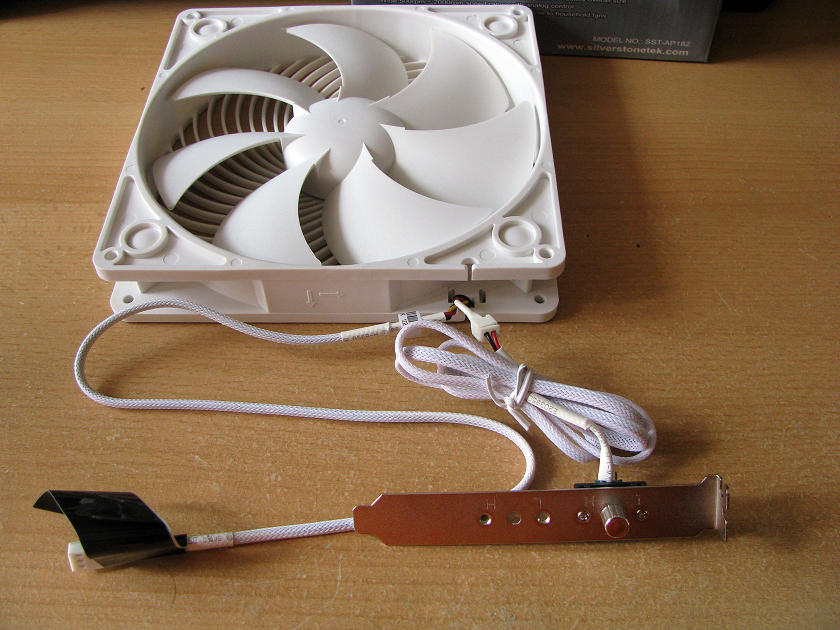taz-nz
New member
Hi,
I'm throwing myself in the deep end when it comes to microcontrollers & electronics.
There are a couple of details I need to confirm before I start making purchases.
1) Will the Teensy 3.2 run off the 5V(+/-5%) 0.3A standby power supply on a Mean Well HRPG-450-15 ?
2) What PWM resolution can I get when, producing a 250Khz PWM signal ? 8bit-10bit (256-1024 steps)?
I need at least 8bit, but 10bit would be great, because in my application I only expect to use for 33-100% duty cycle, so effectively only 2/3 of steps are useable for me.
The project is to control my water cooling setup in my pc. I'm going to take it in these steps.
1) Get Teensy 3.2 running off 5V 3A standby rail on PC power supply.
2) Link PC power button to Teensy, and link Teensy to motherboard power switch headers and have teensy turn PC on when PC power button pressed.
3) Get Teensy to control fan speed of three Silverstone AP182 fans, by replacing stock manual 10K pots with Analogue Devices AD8403AN10 digital Potentiometer, Fan speed will be adjusted based on water temperature from Phobya G1/4 Temperature Sensor (thermistor) connected to Teensy.
(Fans have built in IC controller that can't be feed PWM DC, so this is the only practical way to control them.)
4) Get Teensy running from Meanwell HRPG-450-15 power supply Aux power connection.
5) Get Teensy to turn on both PC and Mean Well power supply (via remote power switch pins) when PC power button is pushed, and turn off Mean Well Power supply when PC shuts down.
6) Get Teensy to Control DC Step Mode Power Supply with PWM signal, adjusting duty cycle based on temperature signal from Analogue Technologies ATH10K1R25
thermistor.
(PWM signal will control custom SMPS, which will power Thermoelectric TEC1-19940 Peltier, that will be cooling CPU.
I'm throwing myself in the deep end when it comes to microcontrollers & electronics.
There are a couple of details I need to confirm before I start making purchases.
1) Will the Teensy 3.2 run off the 5V(+/-5%) 0.3A standby power supply on a Mean Well HRPG-450-15 ?
2) What PWM resolution can I get when, producing a 250Khz PWM signal ? 8bit-10bit (256-1024 steps)?
I need at least 8bit, but 10bit would be great, because in my application I only expect to use for 33-100% duty cycle, so effectively only 2/3 of steps are useable for me.
The project is to control my water cooling setup in my pc. I'm going to take it in these steps.
1) Get Teensy 3.2 running off 5V 3A standby rail on PC power supply.
2) Link PC power button to Teensy, and link Teensy to motherboard power switch headers and have teensy turn PC on when PC power button pressed.
3) Get Teensy to control fan speed of three Silverstone AP182 fans, by replacing stock manual 10K pots with Analogue Devices AD8403AN10 digital Potentiometer, Fan speed will be adjusted based on water temperature from Phobya G1/4 Temperature Sensor (thermistor) connected to Teensy.
(Fans have built in IC controller that can't be feed PWM DC, so this is the only practical way to control them.)
4) Get Teensy running from Meanwell HRPG-450-15 power supply Aux power connection.
5) Get Teensy to turn on both PC and Mean Well power supply (via remote power switch pins) when PC power button is pushed, and turn off Mean Well Power supply when PC shuts down.
6) Get Teensy to Control DC Step Mode Power Supply with PWM signal, adjusting duty cycle based on temperature signal from Analogue Technologies ATH10K1R25
thermistor.
(PWM signal will control custom SMPS, which will power Thermoelectric TEC1-19940 Peltier, that will be cooling CPU.


